The Great
Escape
On the 24th March 1944 the most
famous prisoner of war escape in
history took place...
ScrollImmortalised in the classic film
'The Great Escape', the real story of
the mass break out from Stalag Luft III
is stranger than fiction...
Deep in the forests of Eastern Europe is the site of Stalag Luft III, a Nazi prisoner of war camp.
It was a maximum security camp designed to deter any attempt at escape.
But that didn't stop one group from trying. Three tunnels codenamed Tom, Dick and Harry were dug attempting to avoid the restrictions...
The huts were raised off the ground so that the german guards could spot any tunnelling activity.
They were also built away from the perimeter fence so that any tunnels would have to be even longer.
Additionally, the camp was constructed on a sandy subsoil making it very difficult to dig structurally sound tunnels.
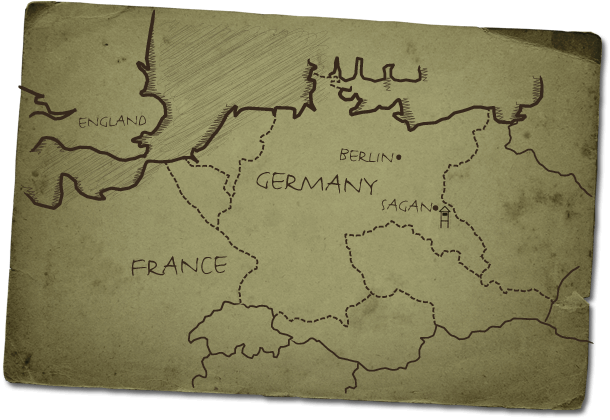
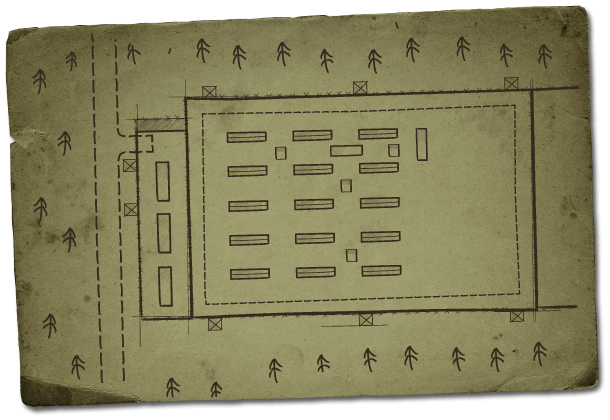
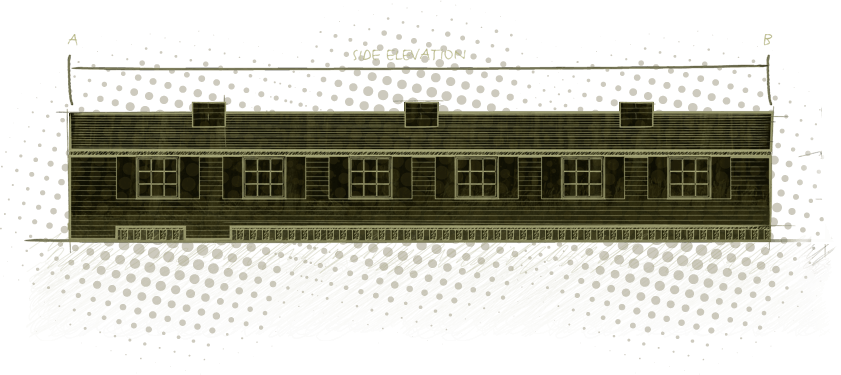
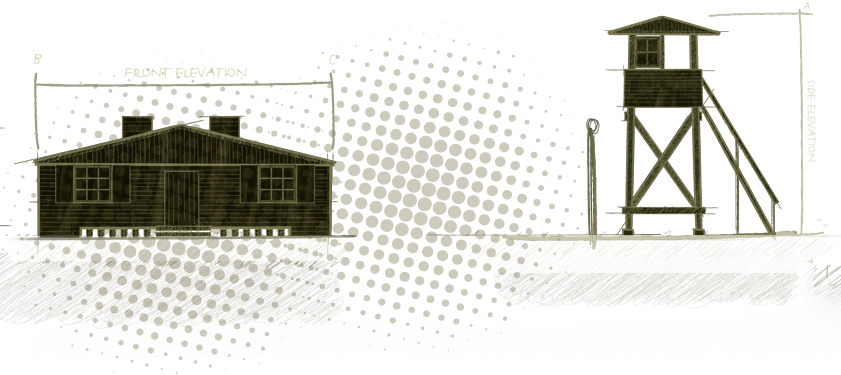
THE ESCAPERS
A well organised team for planning the break outs
Roger Bushall
Organised and led the breakout
Born: 30th August 1910
Service: Royal Air Force
Rank: Squadron Leader
Unit: No. 92 Squadron RAF
Alan Bryett
Worked on security during preparations for the Great escape
Born: 1923
Service: Royal Air Force
Rank: Flight Lieutenant
Unit: Bomber Command Squadron 158
Walter Morrison
Born: 26th November 1919
Service: Royal Air Force
Rank: Flight Lieutenant
Unit: No. 103 Squadron RAF
Davey Jones
One of handful of americans involved in the Great Escape
Born: 18th December 1913
Service: United Air Force
Rank: Major General
Unit: Doolittle Raiders
Ken Reese
Born: 2nd February 1921
Service: Royal Air Force
Rank: Wing Commander
Unit: No. 150 Squadron RAF
BY THE NUMBERS
The Germans later calculated that the prisoners had used up an astonishing number of objects for their three tunnels
 Over
Over4,000
BedBoards
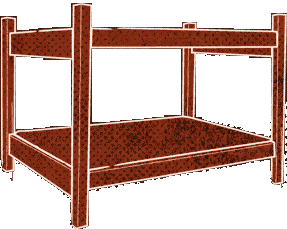 90double tier
90double tierbunk beds
 34Wooden
34WoodenChairs
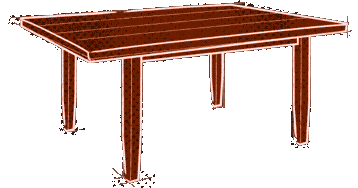 52Wooden
52WoodenTables
 1,600
1,600Blankets
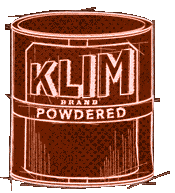 Over
Over1,400
Klim Tins
THE TUNNELS
How were the 3 tunnels made?
The two foot bed boards determined the dimensions of the tunnels: one board high and one board wide.


The prisoners' tunnels produced tonnes of sand which they had to get rid of without the guards noticing.
Sand from the tunnels was hoisted up the vertical shafts twice a day.

Dispersal teams took the sand away in trouser bags made from socks. They became known as 'penguins' for their waddling walk.

Away from the watchful eyes of the guards the 'penguins' disposed of the sand across the camp.
As the tunnels became longer there was less oxygen available at the digging face.
WALTER MORRISON helped to design a contraption that would feed fresh air down the tunnels.
Fresh air was fed to the tunnels along a pipe of repurposed powdered milk tins.
Shortly after the air pump was installed,
another set of prisoners revolutionised
the process of moving sand up
and down the tunnel...
Underground railways - complete with halfway houses where the diggers could change trains.
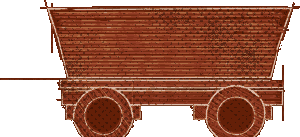
The railway would also provide a high speed escape route on the night of the breakout.
THE ESCAPE
10.30 PM 24TH MARCH, 1944 - After 11 months of hard work, one tunnel was complete
The escape was a lot slower than anticipated. On the night, less that a dozen men per hour made it through tunnel harry.


At 5:00am disaster struck – the 77th man emerging from the tunnel was spotted by a german guard.
The 76 men of the great escape fanned out from sagan as the whole of Germany was placed on national alert.
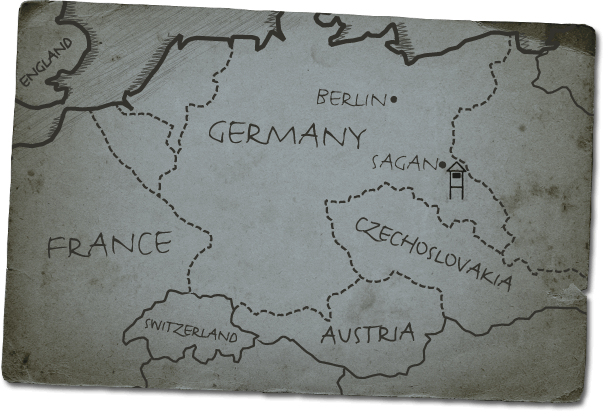



Just three of the great escapers reached freedom. All the others were rounded up by the Germans within a fortnight of the mass breakout.
The great escape incensed hitler and he ordered 50 of those recaptured to be executed.
- Sky 537
- Virgin 245
- Freeview 19
- Youview